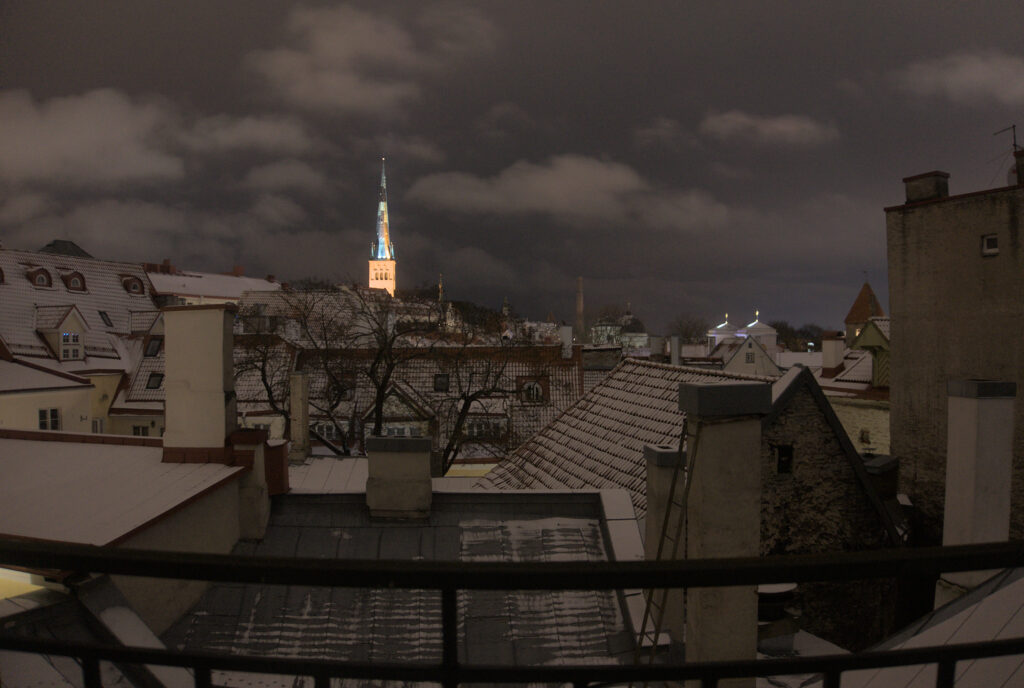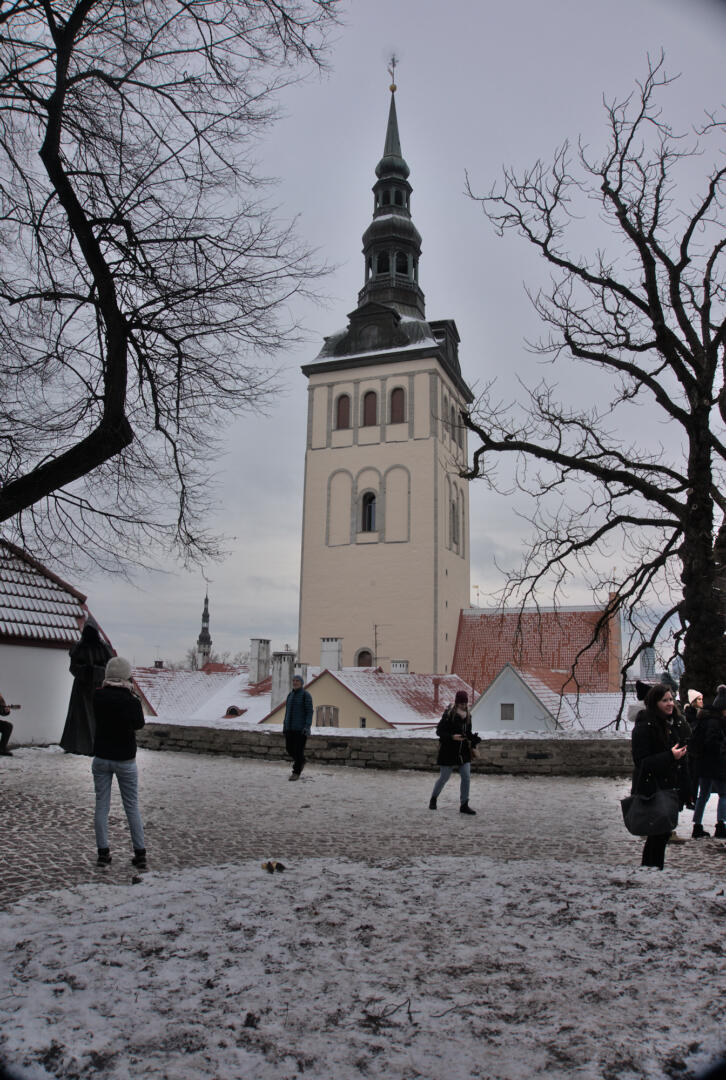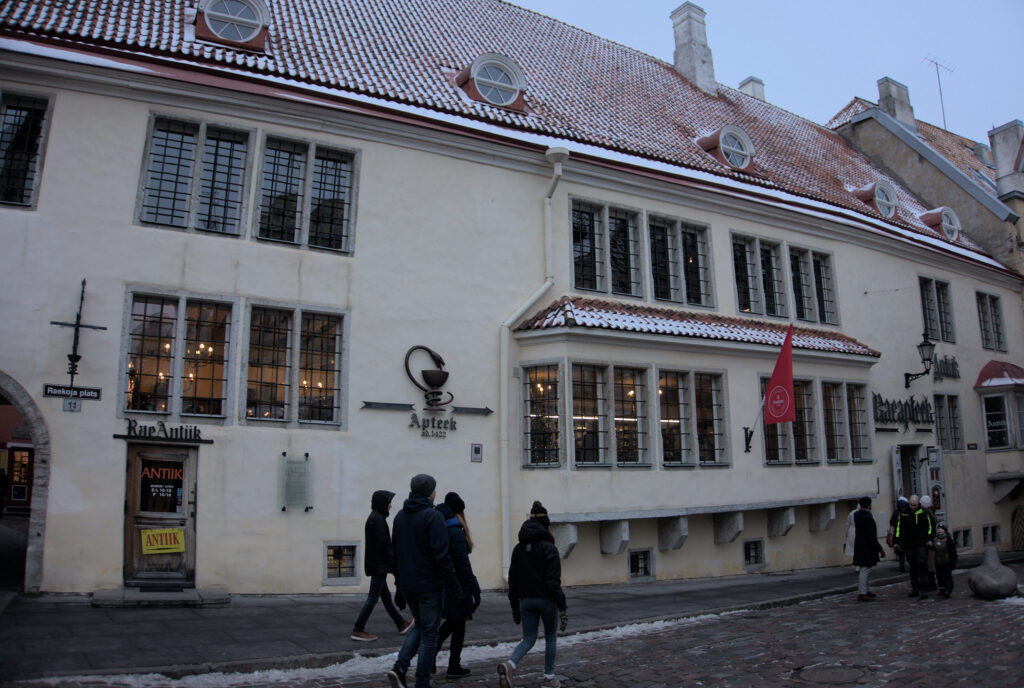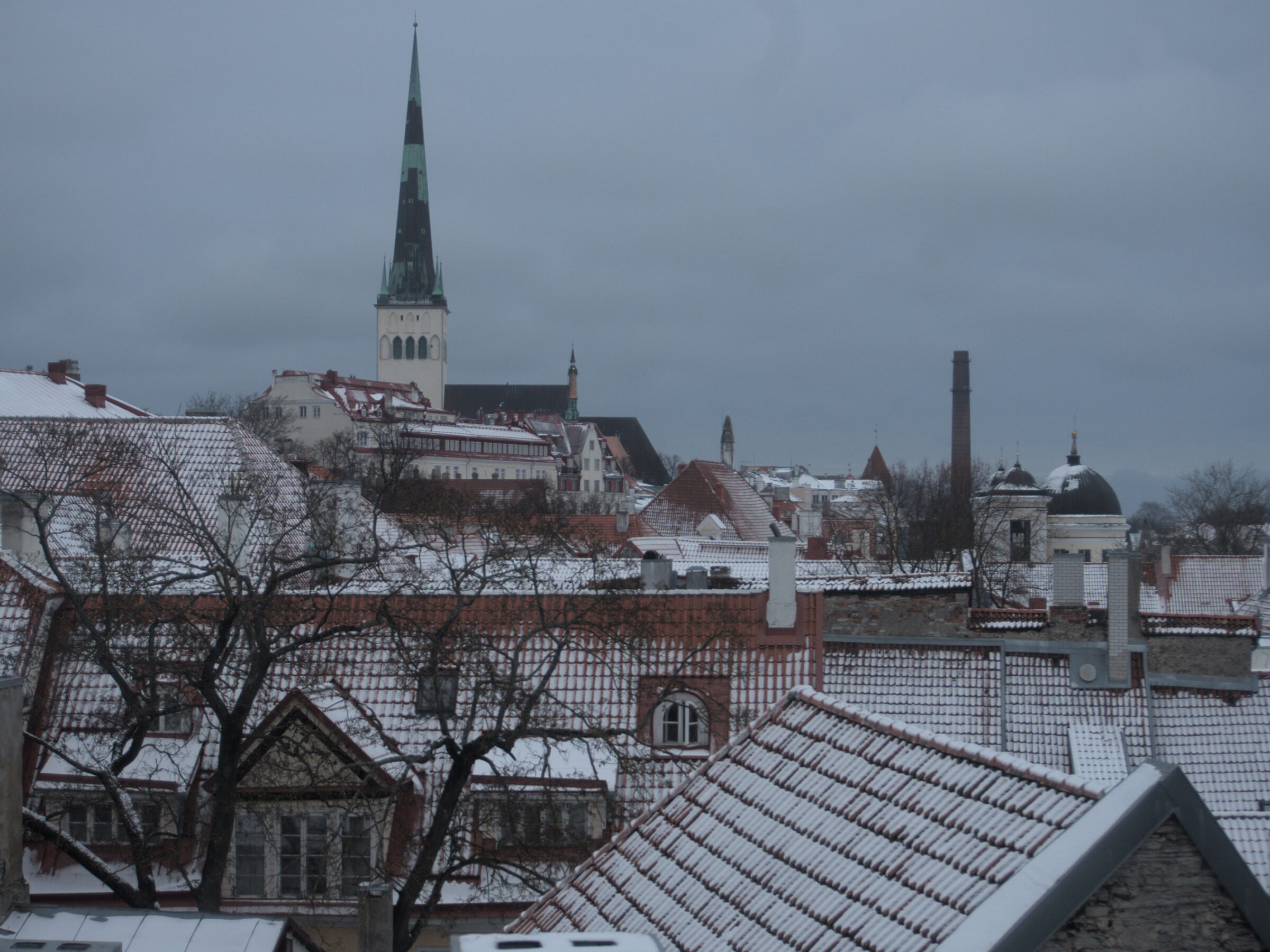The trouble with rushed travel (and being a novice blogger again) is there’s hardly enough time to learn about, photograph and share all that I discover.
Today, I opted to learn. I awoke in Tallinn, Estonia, with the light of a country I knew nothing about filtering in through the condensation on my hostel window.

There was one hour free between when I left the hostel and the tour I was to participate in started. I meant to wander the city, to explore the narrow medieval streets that I’d navigated the night before to reach my hostel, but instead, I entered the town’s main square and was lost to it for most of the next hour.
I’d just missed the Bratislava Christmas markets, leaving the city the day they opened, so stumbling onto such a picturesque square on my first stop was more than compensation.
Every other stall was selling glögi, a warm, spiced alcohol common in many Nordic countries. It’s comforting aroma filled the market, intermingling with the smells of roasting nuts and baking crepes. I got one of the latter myself, warm and filled with melting cheese. It was an excellent breakfast after eating only protein bars for the previous couple days. (The only things I brought on the bus.)
The non-food stalls were full of storybook Christmas goods: ornaments, wreaths, simple toys, and works of art in fiber, glass and wood.
I don’t know that I could stand the short winter days of a land this far north for long, but there is a magic in the soft light of a low sun on a cloudy day that seems to cast the whole city in a cozy twilight that is elsewhere so transient.
Eventually, my tour tore me away from that Christmas coziness. The rest of the city, though the same temperature, felt colder.






Tallinn is an old city, dating in its current form to just after the year 1000 and much of its medieval roots are still phenomenally well preserved. Of all the European cities I’ve explored, it is honestly one of the closest to that romantic idea I grew up with, where narrow streets between stone buildings could so easily be populated in the mind with medieval people going about their business trading goods, while knights sit above them on their steeds, headed to the castle upon the hill.
My imagination aside, however, the history of Tallinn and Estonia is in reality a rather familiar story. For almost a thousand years, Estonians have not controlled their nation. In the 1200s, the Danes colonized the country. Then came the Swedes, Russians, a brief post WWI freedom, then the soviets, and finally the current independence that began in 1991. This is quite similar to Slovak history.
Our tour guide, in her unshakably cheery voice said that in recent history, Estonia’s freedom has depended on “How Russia is feeling.” Not a very reassuring sentiment at the moment.
Thirty percent of Estonia’s population is Russian speaking, many transplants from when Russia was in power and tried to “Rusify” the nation. Now, these people are Estonian, and therefore European. How they feel about that, about Russia or the war, I don’t know. Our guide, an Estonian, only explained that the language barrier is a problem for the country given that young Estonian’s no longer learn Russian, there is a growing linguistic divide.
Ironic too, for the city itself is far better integrated. Throughout you see reminders of the nation’s divided history. A Danish castle, Russian church, and Swedish commerce buildings. The city is Estonian through and through, but with its history and the cruise ships now docked in the port, it is impossible to deny that that international identity is here to stay.
A couple other notes.
Estonian is not a Slavic language as I’d expected it to be. Instead, it is related to Finnish and Hungarian, having descended from the Uralic languages hailing from northern west and central Russia. It is closely related to Hungarian and Finnish.
In a similar vein, our Estonian tour guide identified not as Eastern European, nor even Baltic, but Nordic, like the Finns, Swedes and Norwegians.

Finally, one of the most interesting things I saw but didn’t get much of a chance to explore was the oldest continually operating pharmacy in Europe. Part museum, part modern pharmacy, the place still offers some traditional products, though I doubt they call them treatments anymore. I stepped inside and it was as impressive as you might imagine. A medieval building, an ancient looking counter behind which a modern pharmacist handed out modern products.
Sadly, I didn’t take any photos as I had somewhat exhausted myself on photography by that point. The nature of traveling so briefly in one place I suppose.
Andrew

I love reading about your travels and your pictures are amazing. Thank you for sharing